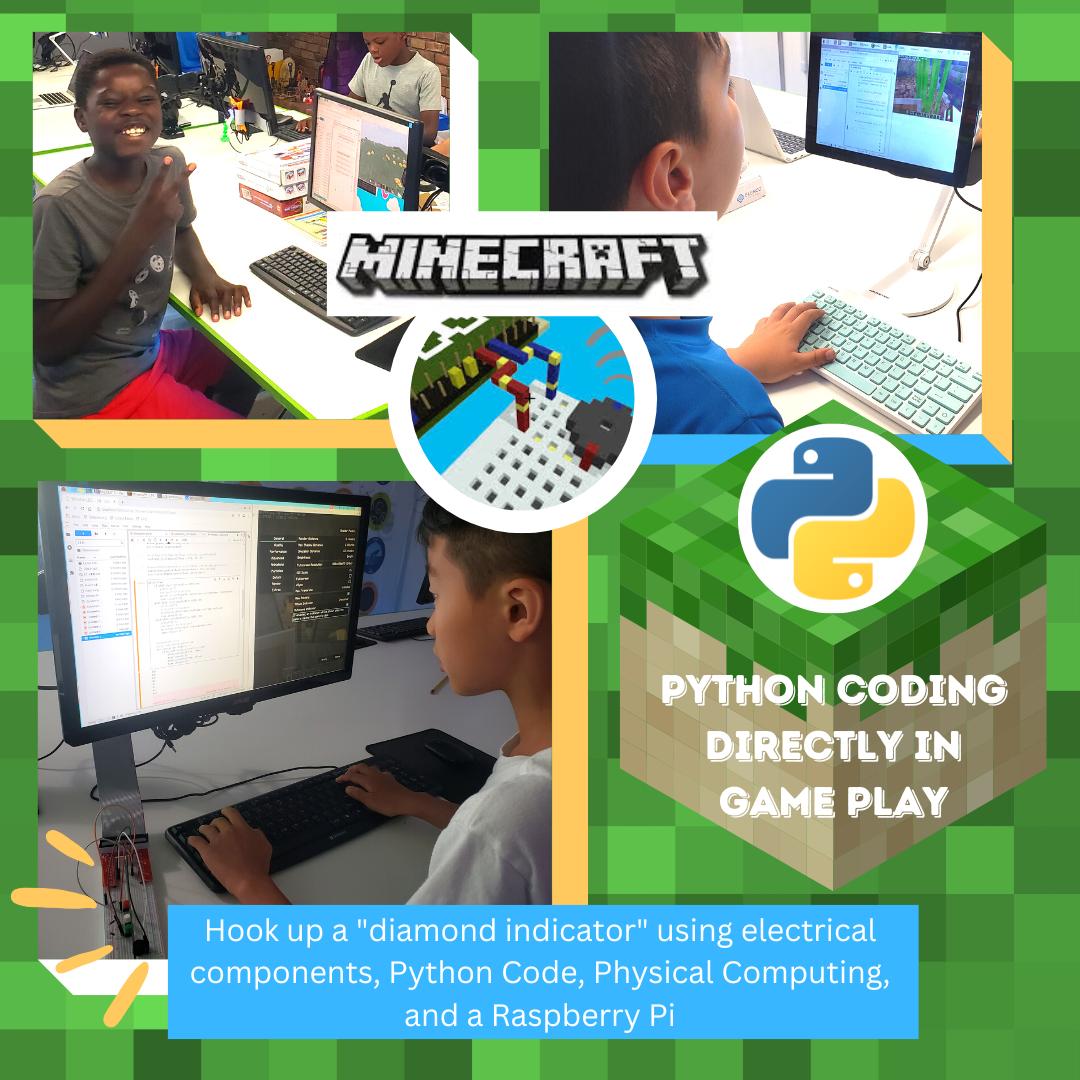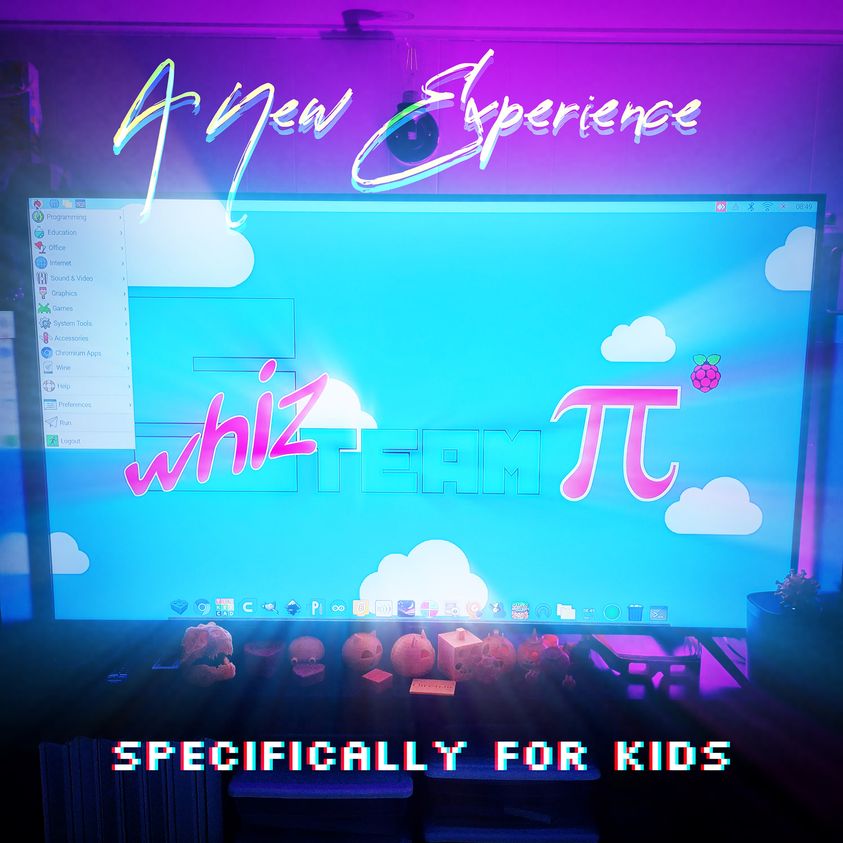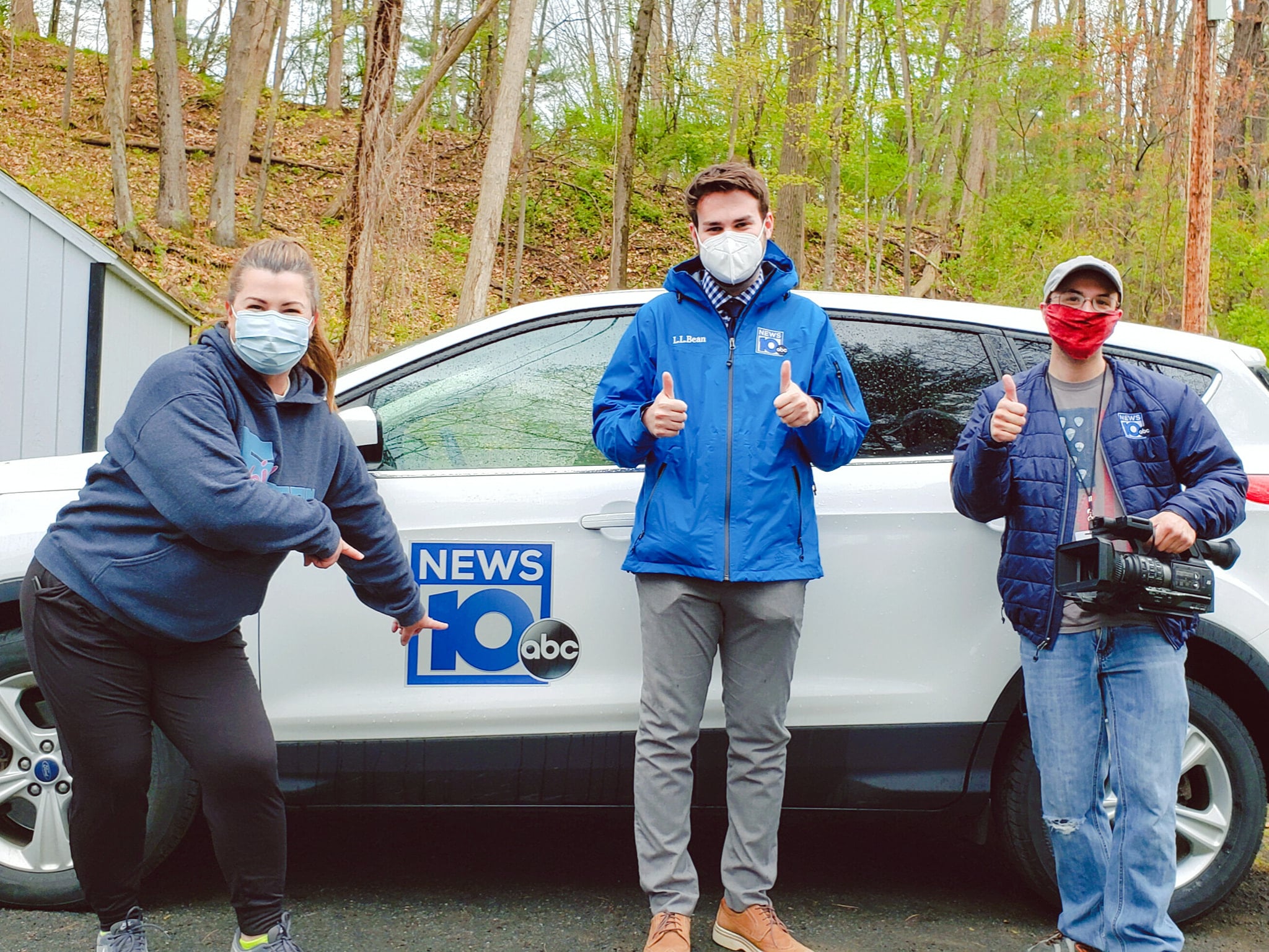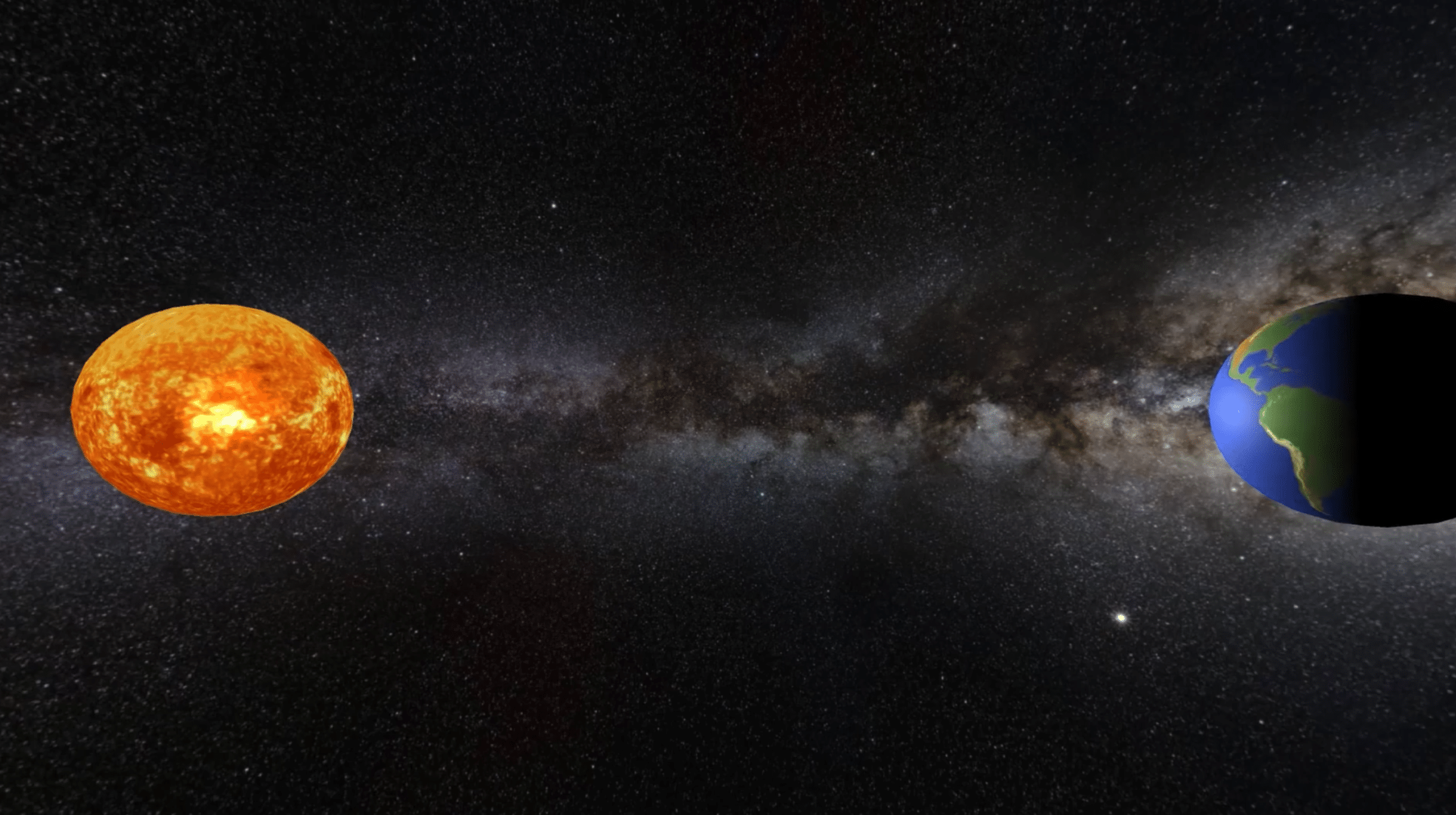
What is Minecraft & How Can it Teach 21st Century Skills?
Don’t let the blocky design fool you into thinking this game is basic!! There are ‘deep layers‘ to Minecraft (pun intended for my Block Heads 🤣). For parents trying to figure out what Minecraft is and if it’s safe I understand! Answer: Yes, it is safe. I learned to play the game in order to figure that out myself. Now it’s an immersive family activity where we all can have fun together. It does have some exciting & maybe even scary characters for little ones like zombies and endermen. Word of caution, it does introduce the concept of ‘killing’ whether it’s to defend yourself from attack or via farming. There are weapons such as swords, bow & arrows, etc. but no guns.
Minecraft is an open world in which you gather materials to eat, build, and create. The gameplay/mechanics can be as deep as you want them to be. In Creative Mode you have all the materials available to you so that you can just focus on creating without having to worry about being attacked by a mob or how to gather/’mine’ materials. In Survival Mode you must hunt and gather just like you would in the real world. I suggest you go chop down a tree to start ‘crafting’ items like a door and create a shelter to protect yourself from attacking mobs at night time 😬 There are some great resources online a simple google search will pull up to learn more. I also suggest checking out Youtube to see some of the amazing things done in Minecraft.
Ok you may be asking, “Dr J how does this relate to learning?!?” To help answer this question, let’s dive into the Top 3 Questions on How STEAMwhiz Uses Minecraft as an Educational Tool!
- How Can Minecraft be used to Teach Problem Solving?
- How Does Minecraft Allow Students to Develop their Creativity?
- What Modern Skills can our Students Learn from Minecraft?
How Minecraft can be used for Education



1. Problem Solving
The default game in Minecraft is called Survival Mode. It’s an open world where the main objective is to survive. You need to build shelter, figure out food to sustain yourself, and if you are crafty, you can figure out how to mine for diamonds and hunt the Ender Dragon. The are so many layers of problem-solving for example: how do you build a house, create doors, can you farm animals, which animals are okay to eat, is it better to build near water or in a forest, where are the best places to mine, how can you craft new items? Players can test theories, ideas, try new things, and experience failure in a safe way and then repeat.
But what about “cheat” videos, where kids go on Youtube and learn how to do things on their own by copying what others post? Often kids won’t find exactly what they want so they research partial solutions and create entirely new solutions, awesome. This is not very different than finding solutions in the real world, whether they dive into a physics books, scientific research papers, or even a Youtube video. Kids will quickly learn about good and bad sources once they try to copy builds off Youtube.
2. Exercising the Creative Muscle
Minecraft is a true sand-box game. What does that mean? A sandbox game is a video game with a gameplay element that provides the player a great degree of creativity to interact with, usually without any predetermined goal, or in other words, with a goal that the player sets for themself.
The first shelter I ever created was a hole in the side of a mountain to hide from mobs XD But that was a limitation of my imagination. Players have recreated beautiful works of art, medieval castles, the statue of liberty, and even entire cities…block-by-block. The possibilities are endless! Creative Mode is an excellent way to unleash this creativity, especially for younger children. All the resources are available to them, they don’t have to worry about being attacked, and they can fly in the air as they build. All they have to do is imagine what they want to build and develop some GRIT as they start to build block-by-block. They can even custom design their avatar to look like a ninja or supergirl.
An even deeper layer – let’s take it to the next level! Minecraft has a system of making machines. Redstone is a resource that you can mine deep in the earth and is the equivalent of copper wires and electricity. You can build complex machines to automate tasks that take forever to do manually. Students can learn about electricity flow, repeaters, logical gates, and building cool machines all using Redstone. The outlets for self-expression are amazing!!
3. Modern Skills Development
The benefits keep adding up! Minecraft helped my kids learn to read, apply math fundamentals, and develop critical computer skills early. The game also encourages kids to develop logical reasoning. For example, mastering Redstone requires rigorous logical thinking. It teaches the essentials of computer programming, including debugging circuits to find solutions. At STEAMwhiz we also use Minecraft to develop challenges that require teamwork which provides students with a safe environment in order to develop communication skills, conflict resolution, plan development, and leadership. All critical skills are needed in the real world.
Furthermore, we take it to next level yet again by teaching students how to write code to HACK into the Minecraft world using the world’s most powerful coding languages like Python and Java. We really blow their minds when we bridge the physical world by connecting LEDs, buzzers, and buttons that they can code to bridge the Minecraft virtual world to the real physical world by making sounds, teleporting at the push of a button, or creating a diamond detector that lights up an LED when near a diamond resource! This area of study is known as Physical Computing and I have used it throughout my physics career; whether to look at individual atoms on a multi-million dollar Transmission Electron Microscope (TEM) at Brookhaven National Lab or to probe the magnetic moment of elements at the billion-dollar Advance Light Source synchrotron at Lawrence Berkley National Lab. I learned these skills during college — What will these young innovators come up with when they are starting as early as 6 years old?!
Get Started
Our SciTech Summer Camp is a great place to begin. It is Minecraft centric and goes deep into STEM!
Minecraft is available across most major platforms. We encourage you try it out for yourself. To download it and get started click here . This is a great starting tutorial for Survival Mode. If you have any questions don’t hesitate to reach out and we will try to get you pointed in the right direction 😉
















































